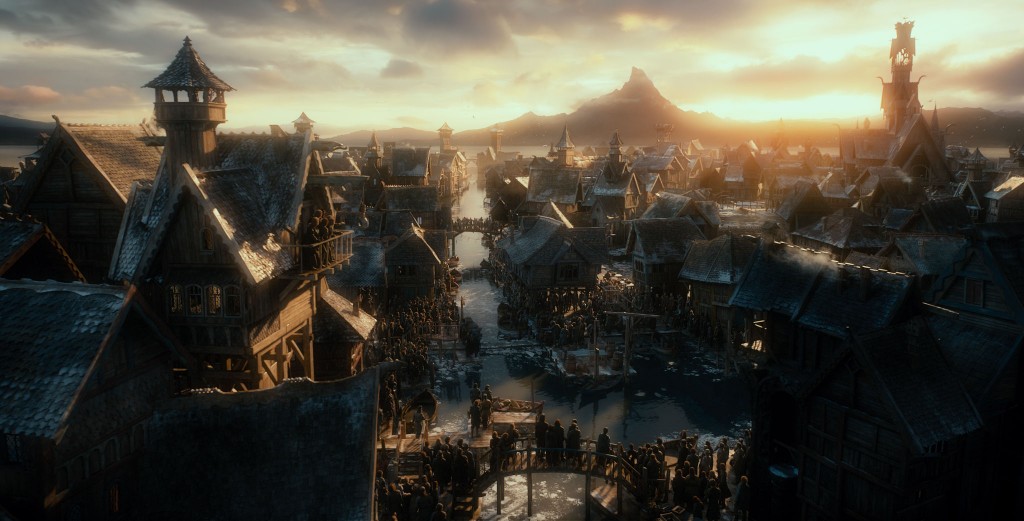
“Deep data” are so important in Weta Digital’s rendering process that it cannot be turned off. Photo via FX Guide.
Deep compositing is a new form of both rendering and working with visual elements of a film. A recent story by FX Guide explained some of the techniques behind this increasingly important visual effects method. This form of compositing emerged in 2010 and has become so important to the industry that this year’s SciTech Oscars awarded three separate recognitions for the invention, development, and implementation of the technique, including an award to Dr. Peter Hillman of Weta Digital.
Deep compositing takes a very different approach than previous methods. Technically, deep compositing is largely an extension of deep shadow maps, introduced by Pixar in 2000. Instead of defining a single depth value for a data point or pixel within the rendered image, deep compositing retains a whole set of data about changes in density around the point. Put simply, deep compositing uses information about not only the fronts of objects, but also the backs. This technique allows compositors to accomplish such things as placing live action inside clouds of smoke and similar feats that are much more challenging and limited using older processes. FX Guide TV posted this video in 2010 that explains and illustrates the then-new deep compositing technique.
With this year’s awards for contributions to deep compositing, the SciTech Committee recognized deep compositing as an idea, according to FX Guide, “whose time had come.” The awards did not divide up the credit for the development of this important technique, but rather recognized the contributions of several companies and the evolution of the idea.
You can find more technical details and video links about deep compositing in FX Guide’s article.
For more of Middle-earth News’ recent coverage of visual effects in The Hobbit films, you can have a look at the following stories.
Weta Digital Releases NEW VFX Video
Barrel Escape Scene – Facts and Figures (vid)
New ‘The Hobbit: The Desolation of Smaug’ VFX Reel
Matt Aitken on Visual Effects of The Hobbit: The Desolation of Smaug


